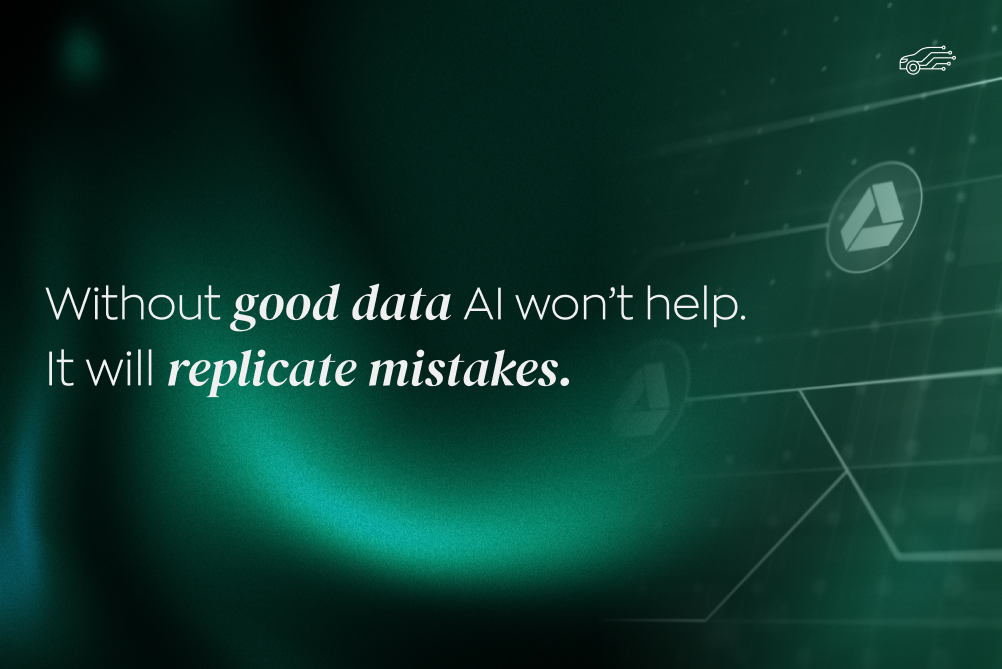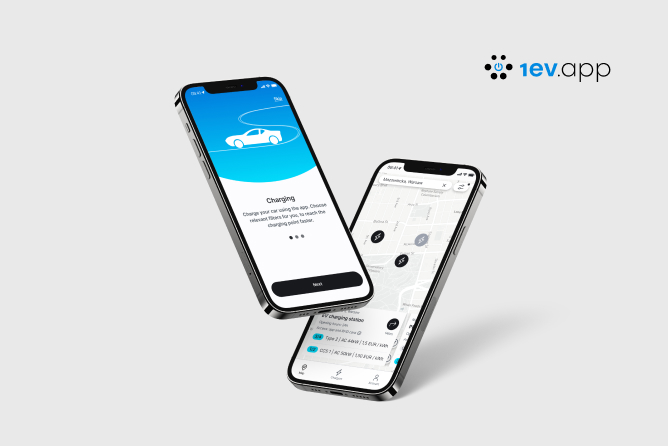With the rise of Kotlin in the Android development community, it has become essential for developers to explore this modern programming language. Initially developed by JetBrains, the creators of IntelliJ IDEA, Kotlin has gained immense popularity due to its simplicity, conciseness, and seamless interoperability with Java. In this blog post, we will delve into the world of Kotlin, exploring what it is, its definition, and its uses in the realm of software development.

What is Kotlin?
Kotlin is a statically typed programming language that runs on the Java Virtual Machine (JVM). Inspired by other languages such as Scala, Groovy, and Swift, Kotlin offers a concise syntax and powerful features that enhance and streamline the development process. It was officially announced as a first-class language for Android development by Google at the Google I/O conference in 2017. Since then, it has been rapidly adopted by developers worldwide, both for Android and non-Android projects.
Defining Kotlin
Kotlin is often described as a pragmatic language that aims to address the shortcomings of Java while maintaining interoperability with existing Java codebases. With a strong type system and the ability to eliminate common coding errors, Kotlin helps developers write safer and more reliable code. It introduces modern language constructs, such as null safety, smart casts, lambda expressions, extension functions, and more, which facilitate writing clean and concise code.
Unlike Java, Kotlin supports functional programming paradigms, allowing developers to write functional-style code and leverage immutable data structures, higher-order functions, and other functional programming concepts.
Uses of Kotlin
Kotlin has gained significant traction in the Android development ecosystem mainly due to its seamless integration with existing Java codebases. It can be used to write new Android applications from scratch or gradually migrate existing Java projects to Kotlin.
Some of the key benefits of using Kotlin for Android development include:
Enhanced productivity
Kotlin's concise syntax reduces boilerplate code, leading to faster development and increased productivity. The language features, such as type inference and data classes, enable developers to write code that is more expressive and less verbose.
Interoperability with Java
Kotlin is fully interoperable with Java, allowing developers to seamlessly use existing Java libraries, frameworks, and tools. This means that Kotlin code can call Java functions and vice versa, making it easy to use existing Java code in newly written Kotlin classes.
Null safety
One of the most significant advantages of Kotlin is its built-in null safety feature. Null pointer exceptions (NPEs) are a common source of bugs and crashes in Java applications. Kotlin's type system helps prevent these runtime errors by distinguishing nullable and non-nullable types, ensuring that null values are handled explicitly.
Coroutines for asynchronous programming
Kotlin provides native support for coroutines, which simplifies asynchronous programming. By using coroutines, developers can write concurrent code that is more readable, maintainable, and less error-prone compared to traditional callback-based or thread-based approaches.
Gradual adoption
Kotlin allows developers to introduce it into existing projects incrementally. This means that you can start using Kotlin for new features or modules while keeping the rest of your codebase in Java. This flexible adoption strategy makes it easier for teams to adopt Kotlin according to their project requirements and development timelines.










.jpg)
.jpg)


.jpg)
.jpg)



.jpg)
.jpg)
.jpg)
.jpg)
.jpg)
.jpg)

.jpg)
.jpg)
.jpg)
.jpg)
.jpg)
.jpg)
.jpg)
.jpg)
.jpg)
.jpg)






.jpg)
.jpg)
.jpg)

.jpg)

.jpg)


.jpg)
.jpg)

.jpg)
.jpg)

.jpg)

.jpg)
.jpg)
.jpg)

.jpg)
.webp)

.webp)


.jpg)









.webp)


.webp)
























